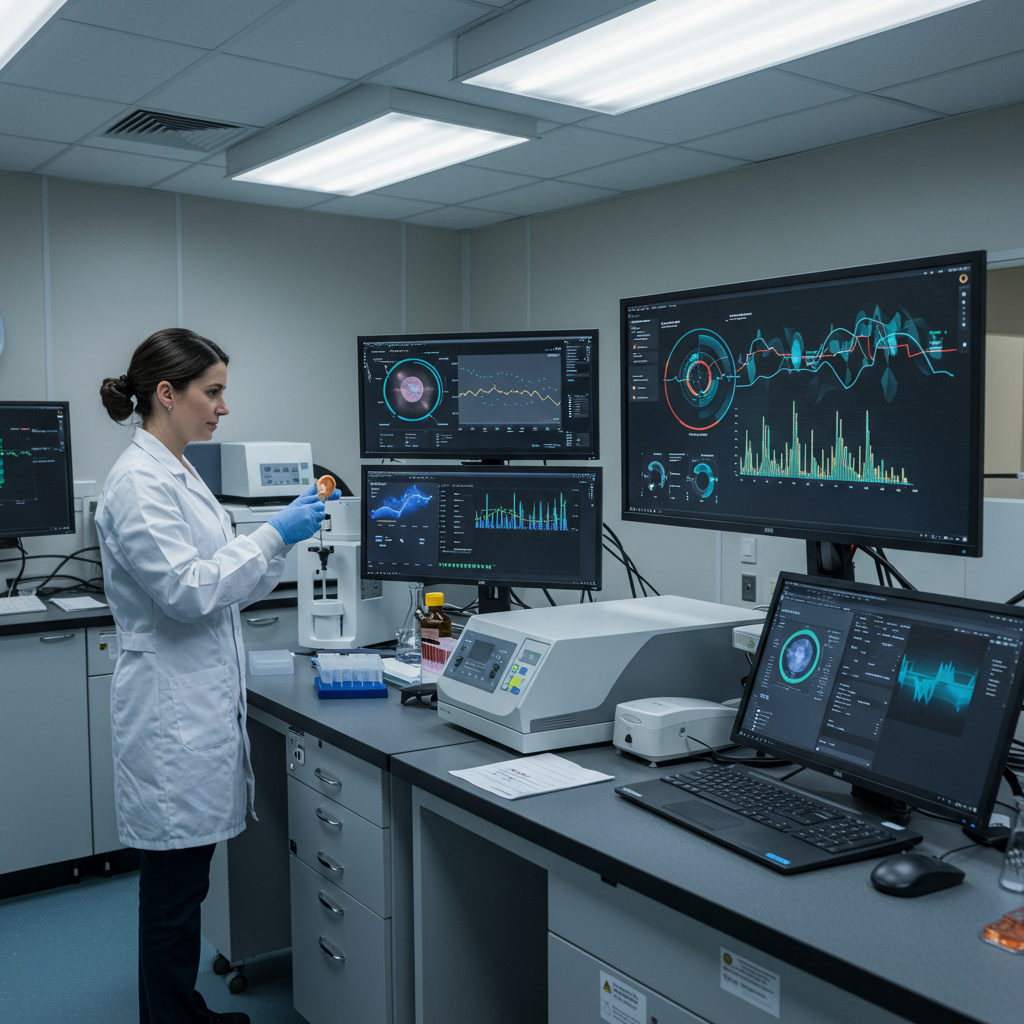Could a simple earwax sample offer a breakthrough in detecting Parkinson’s disease years earlier? New research reveals an innovative approach using artificial intelligence (AI) to analyze odors in earwax, demonstrating remarkable accuracy in identifying the neurological condition.
Parkinson’s disease (PD) is a progressive disorder with symptoms worsening over time. While current treatments can help manage symptoms, there is no cure, and most therapies only slow progression. This makes early diagnosis incredibly valuable for optimizing care and potentially enabling earlier interventions. However, existing diagnostic methods, such as clinical assessments and brain scans, can be subjective, time-consuming, and expensive.
Seeking a more accessible and objective screening method, scientists have turned their attention to subtle biological changes within the body – specifically, changes in scent.
The Potential of Sebum and Scent Biomarkers
Previous studies have hinted that alterations in sebum, the oily substance produced by skin glands, could help identify individuals with PD. It’s believed that the disease process – including neurodegeneration, inflammation, and oxidative stress – modifies the volatile organic compounds (VOCs) released by sebum, creating a characteristic odor.
However, sebum found on the skin’s surface is easily influenced by environmental factors like pollution and humidity, potentially making it an unreliable medium for testing. Researchers wondered if sebum in a more protected environment might offer a clearer signal.
Why Earwax? A Protected Scent Source
Earwax (cerumen) is composed largely of sebum, along with shed skin cells and other materials. Crucially, the skin inside the ear canal is shielded from external elements. This led a team of researchers, including Hao Dong and Danhua Zhu, to explore earwax as a promising source for reliable biomarkers related to PD.
In their study, published in ACS’ Analytical Chemistry, the scientists collected earwax samples from 209 participants, including 108 individuals diagnosed with Parkinson’s disease. Using advanced analytical techniques like gas chromatography and mass spectrometry (GC-MS), they meticulously analyzed the VOCs present in the samples.
Their analysis identified four specific VOCs that were found at significantly different levels in the earwax of people with PD compared to those without the condition. These four compounds – ethylbenzene, 4-ethyltoluene, pentanal, and 2-pentadecyl-1,3-dioxolane – were identified as potential biomarkers for the disease.
AI Learns to ‘Sniff’ for Parkinson’s
With this unique dataset of earwax VOC profiles, the researchers developed and trained an artificial intelligence olfactory (AIO) system. This AI model was designed to recognize the specific patterns of VOCs associated with Parkinson’s disease.
The results were highly encouraging: the AIO-based screening model was able to accurately categorize earwax samples from people with and without PD with 94% accuracy.
A Promising Step Towards Earlier Detection
The researchers suggest that this novel AIO system, utilizing earwax analysis, could serve as an effective first-line screening tool for Parkinson’s disease. Such a tool could potentially facilitate earlier medical intervention, significantly improving patient outcomes and quality of life.
“This method is a small-scale single-center experiment in China,” notes researcher Hao Dong. He emphasizes that the next vital steps involve conducting further research across different stages of the disease, in multiple research centers, and among diverse ethnic groups to fully determine the practical application value of this promising method.
While more research and validation are needed, this study represents an exciting advancement in the quest for simple, non-invasive methods for the early detection of Parkinson’s disease.




